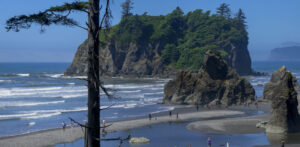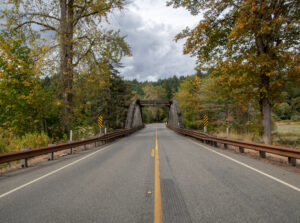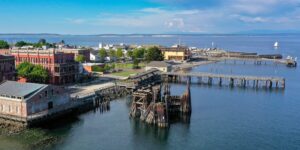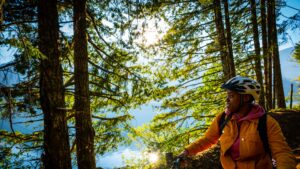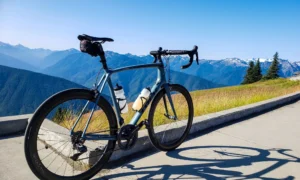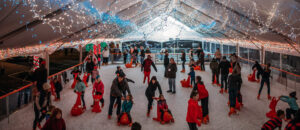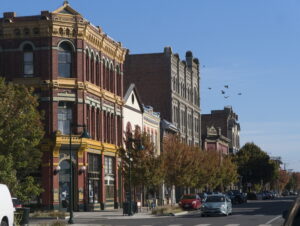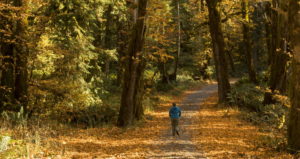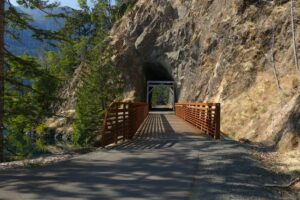How Accessible is the Olympic Peninsula?
An RVing amputee family finds out.
Part 1.
Welcoming towns and natural attractions await for families and visitors with mobility impairments. The accessibility question is very much a real-world consideration for our family of four (Anthony, Jodie, 11-yo Connor, and 8-yo Aster). Jodie is an above-the-knee amputee who augments her mobility with a prosthetic left leg and a trekking pole. When we travel, mobility and accessibility considerations are first and foremost in our planning and prioritizing.
Efforts to improve accessibility and overall access to attractions and destinations on the Olympic Peninsula are ongoing. There are areas that might or might not work for someone who uses a wheelchair, pushes a baby in a stroller, has a bad knee, etc. Each person has different conclusions about what is and is not a good fit for their mobility and travel plans in this far corner of the USA.
However, in our experience, what works for Jodie’s mobility, as well as that of our children, can help others make the right decision for their accessible travels. Here are some of the highlights, and our own observations, about accessible family is on the Olympic Peninsula.
Port Townsend
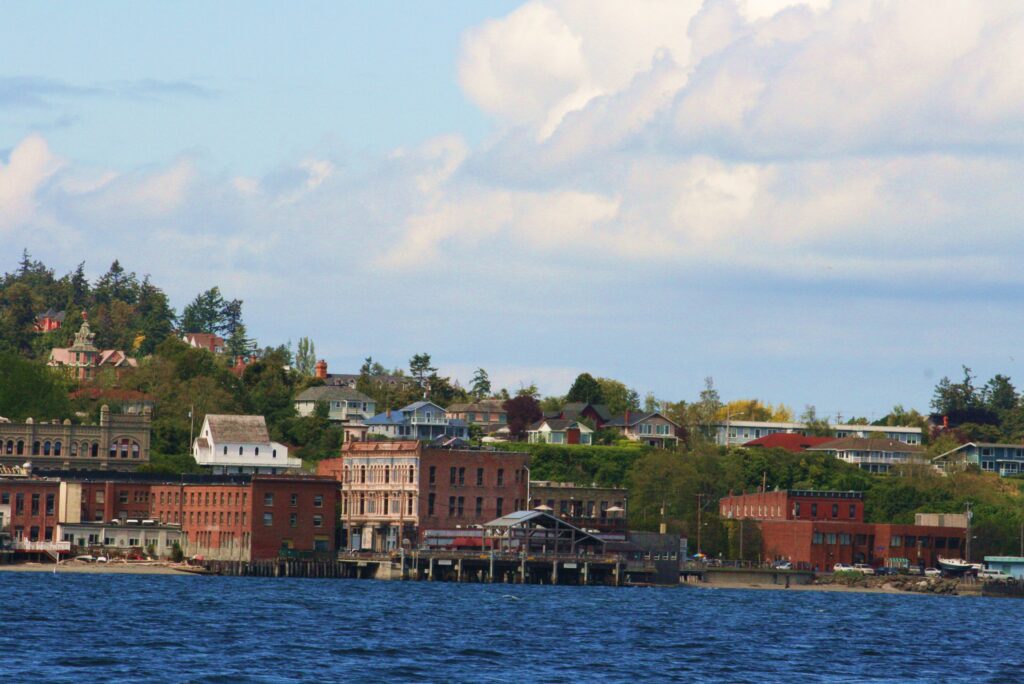
Downtown Port Townsend
Whether arriving via vehicle from the mainland or catching the ferry from Coupeville on nearby Whidbey Island, downtown Port Townsend is waiting for you. Nestled between high cliffs and the waterfront, Victorian-era buildings line wide streets. Shops and eateries beckon. We loved hanging out at the welcoming waterfront plaza.
Olympic Discovery Trail (ODT)
Don’t let the unassuming, humble trailhead between the beach and the Port’s industrial lot fool you. The ODT begins in Port Townsend, much of it along a former railroad line, with the first 7.5 miles accessible, and the accessibility picks up again—for 26 miles, from Blyn all the way to Port Angeles.
Finnriver Cidery
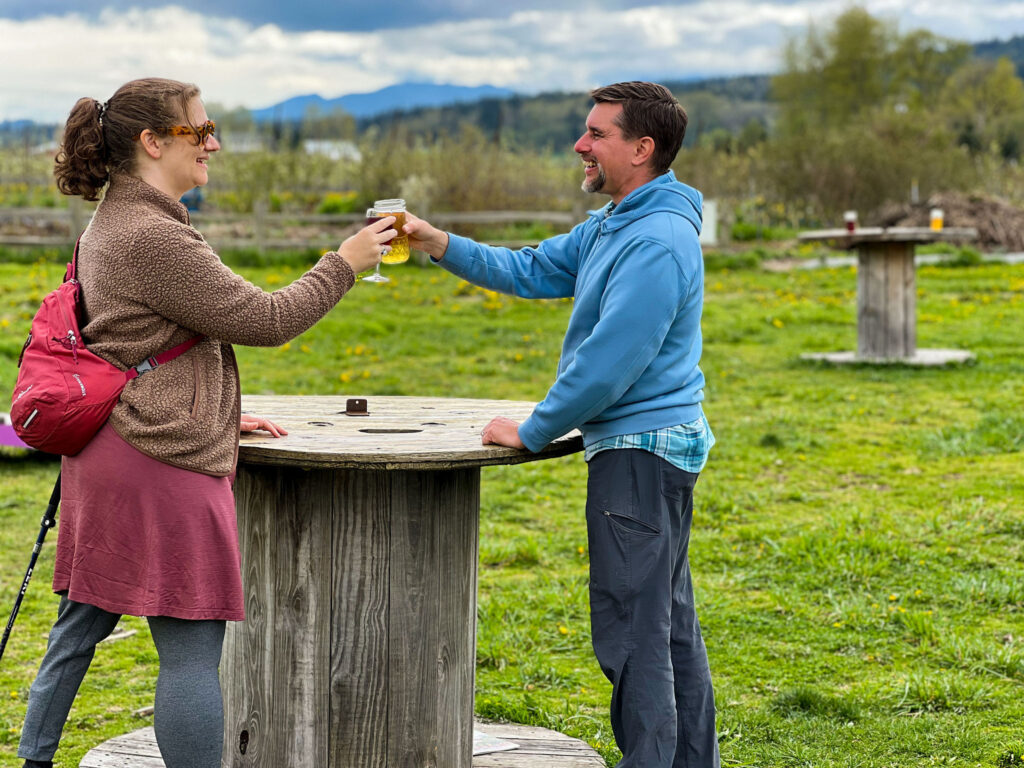
When Finnriver Cidery talks about being a place of, for, and by community, they mean it. The community helped make Finnriver happen, through word of mouth, support, and even direct investment, all in the Chimacum area, just outside of Port Townsend. People bring their kids here, for a safe space where children can romp in the fresh air, as the adults have a glass of cider while enjoying a view of the hills. As a family, we seek spaces made with heart and love. Finnriver was such a place.
Fort Worden Historical State Park
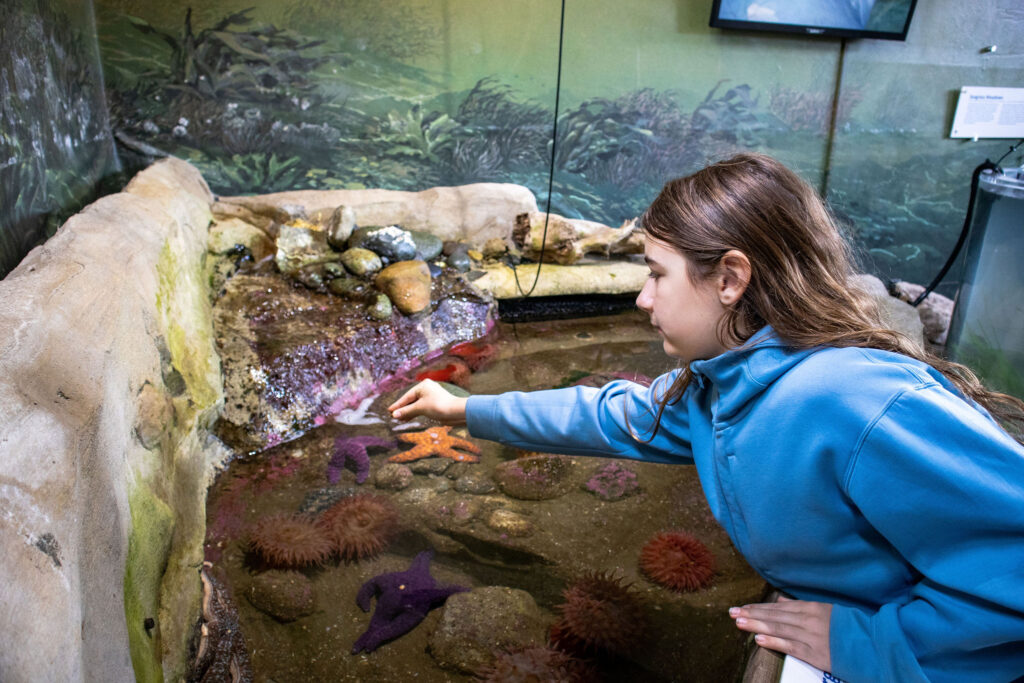
Inside the Marine Science Center, an orca skeleton hangs from the ceiling, and surrounding interactive exhibits offer an environmental whodunit. At the end of the pier across the street, exhibits showcase real creatures from different parts of the Salish Sea—along with a juvenile octopus.
The 434-acre park’s spacious campground offers paved paths and roads, plus ADA bathrooms and showers. A short, sandy path leads to the beach with views of the headlands and beyond. (Hint: Battery Way is the park’s most accessible trail, fully paved, though with some slope on the eastern stretch.)
Sequim
Located on Highway 101 between Port Townsend and Port Angeles, Sequim is known for its sunshine. While Forks on the western side of the peninsula is one of the rainiest parts of the country, Sequim falls in a rain shadow. This “blue hole” gives the area the most sunny days per year in western Washington.
The area’s climate is similar to the south of France, making Sequim the home of lavender farms, excellent kayaking and paddle board locations, and even hot air balloon flights.
Port Angeles
Port Angeles’ Dream Playground
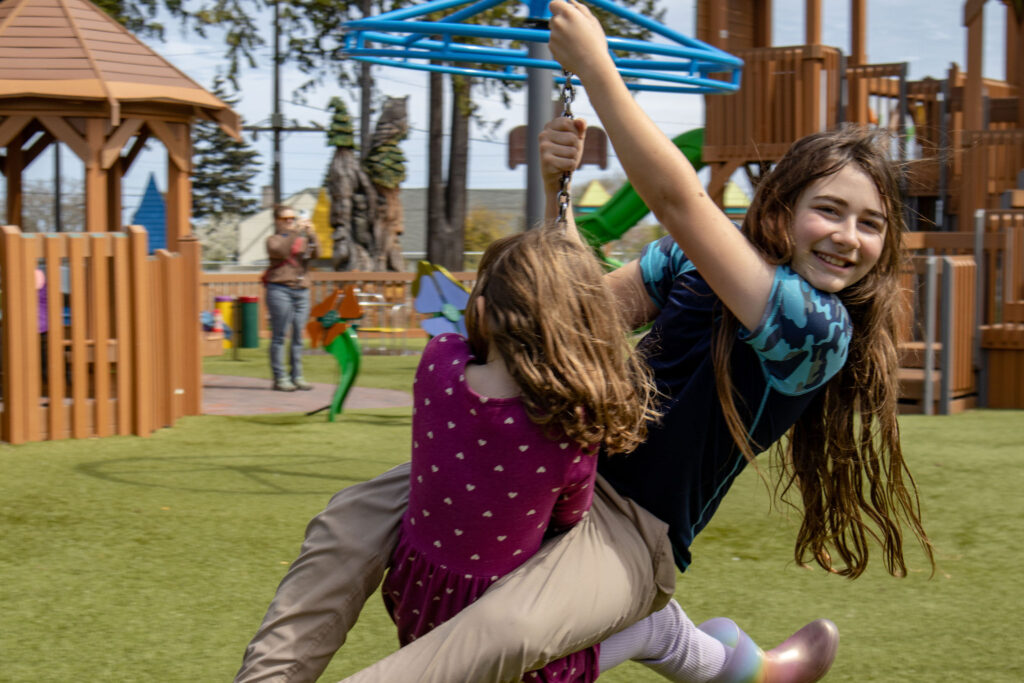
Outside the playground entrance, a carved wood sculpture features an eagle, a bear, a dragon, and a caterpillar with a human face, along with the words: “Dream big. Be strong. Be proud.” So true.
This cornerstone Port Angeles local park doesn’t just feature a new, all-ages playground that’s accessible to kids with walking mobilities, but also play areas for children who use wheelchairs. The broader park is home to a bicycle pump track, skate park, tennis court, and outdoor fitness center. As a woman in a wheelchair moved around the park, she said the layout and terrain made it much easier for her to navigate the space. Now she and her husband visit as much as possible with their romping granddaughter.
Port Angeles Wharf and City Pier
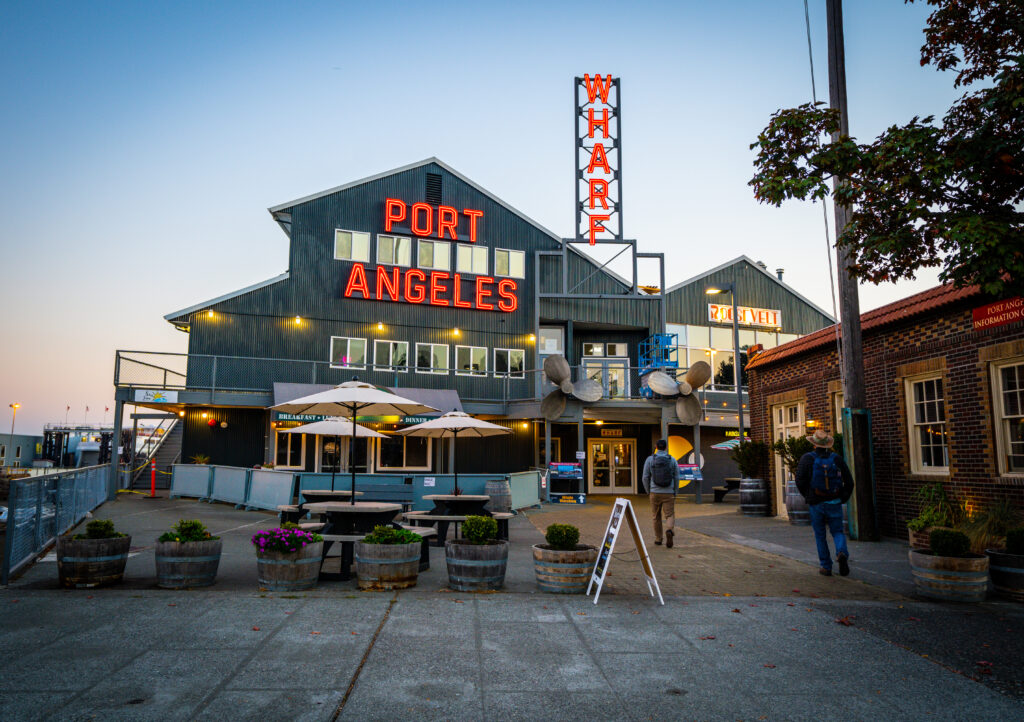
Murals around town note the area’s history and industry, and Port Angeles is working on more renovation and revitalization. At the downtown waterfront, the wharf area makes for ideal whale, seal, and ferry watching.
Olympic National Park Visitor Center
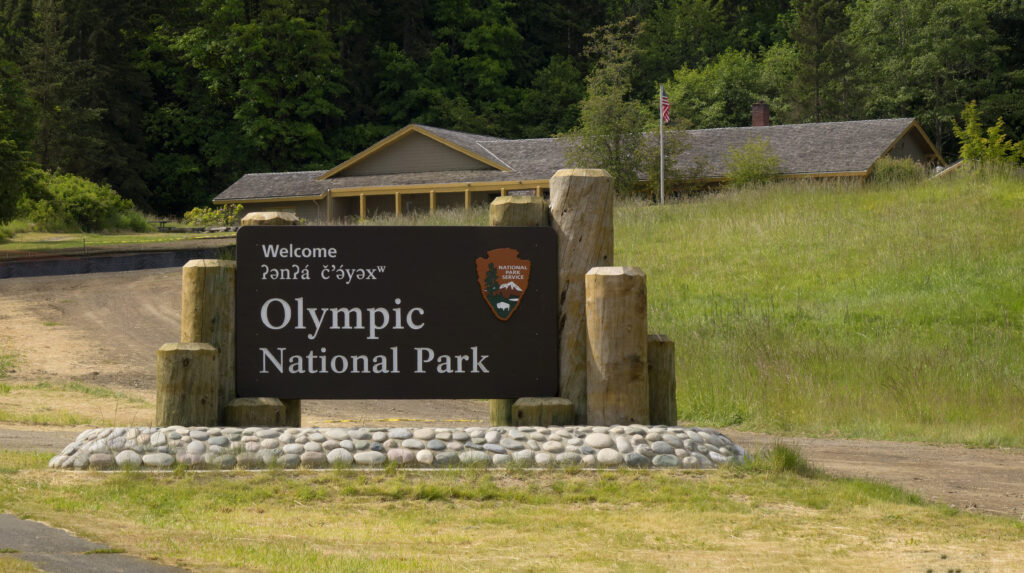
Visitor centers for national parks are ideal places with ways to make your plans. However, it’s rare that you can get to a visitor center while in town. Stop by for the latest on conditions, suggestions on activities, and Junior Ranger activity booklets.
West from Port Angeles
Elwha River Interpretive Center
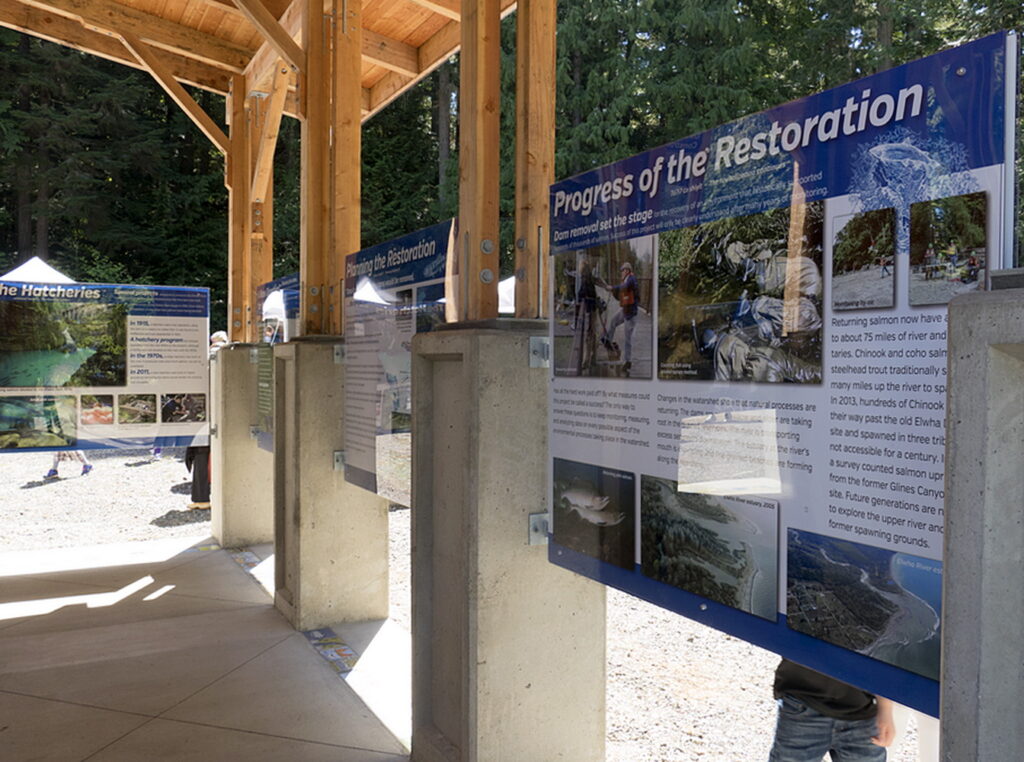
Illustrated signs inside the open-air, roofed interpretative display guide you on a path of history and river ecology, from how the Elwha River used to be, what it was like when the river was dammed, why and how it was removed, and what the waters and surrounding area are like now. There’s ample parking, and the paved, level displays are spacious and navigable for a range of mobilities.
Madison Falls
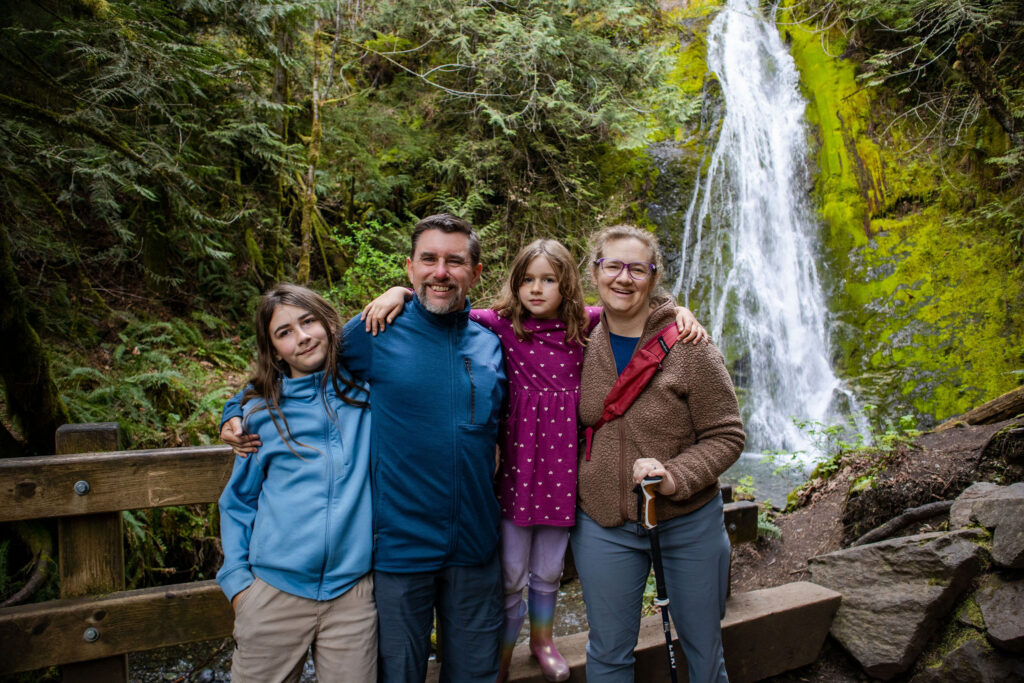
It’s not often that a waterfall hike has a short trail, an overall accessible approach, and a payoff that comes in less than a quarter of a mile’s hike, but Madison Falls has exactly that.
The scenery begins in the long, flat gravel parking lot, which also offers expansive views of the broad Elwha River. The short hike itself is about a half-mile in total. An overlook with a bench awaits you at the end, along with the beautiful falls. (Check out more area waterfalls via the Olympic Peninsula Waterfall Trail.)
Spruce Railroad Trail
Not far from Lake Crescent Lodge, there’s a turnoff from Highway 101 to E. Beach Road. Three miles along, you’ll find the Spruce Railroad Trail. This section of the Olympic Discovery Trail runs along the lake’s shoreline, and recent renovations have focused on broader accessibility.
Lake Crescent Lodge
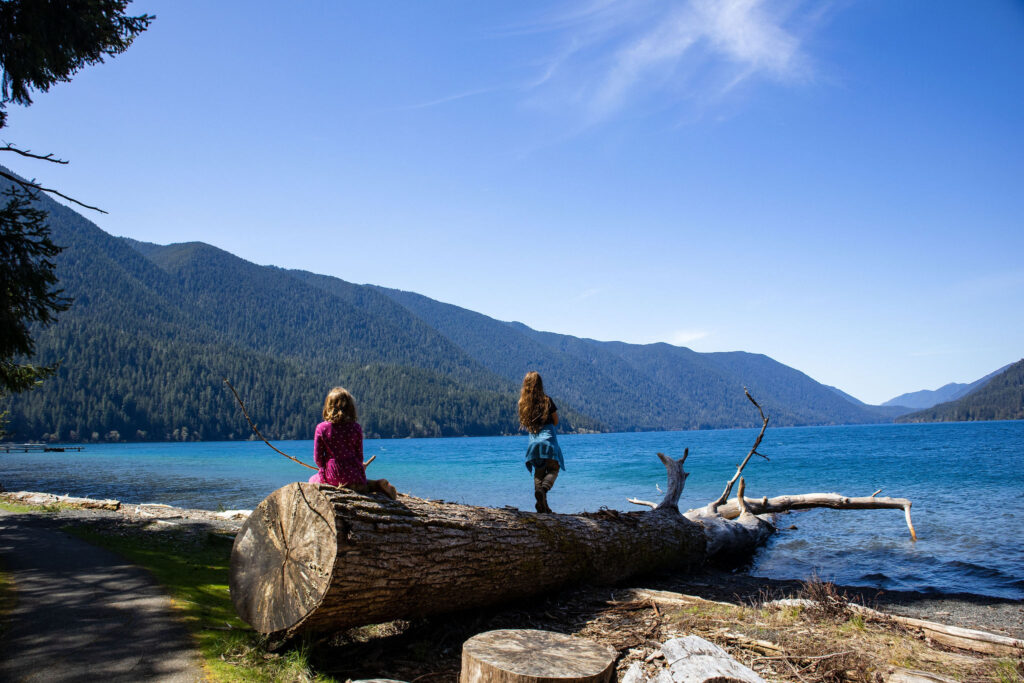
Built in 1915, Lake Crescent Lodge, cabins, and grounds root you in history while giving you an iconic spot to admire one of the prettiest glacial lakes in the country.
Talk with the lodge about accessible overnight options; for example, the Singer Cabins typically are accessed by going up two steps, but the floor level of the lodge, including the lounge and the breakfast, lunch, and dinner restaurant, is navigable without steps.
Our kids loved sitting by the water, gathering pebbles or laughing at the ducks who came on shore.
Moments in Time Trail
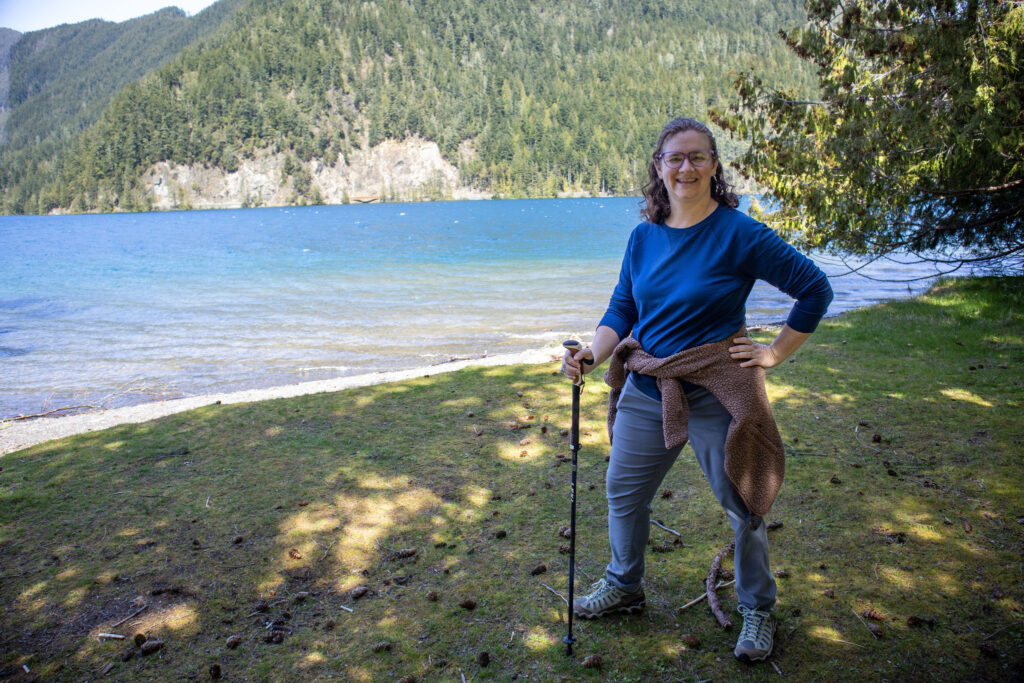
Easily accessed from near the lodge, the half-mile Moments in Time loop trail brought us alongside the lake and through a green, vibrant forest of firs and hemlocks. The flat, natural surface trail comes out at small beaches, where we marveled at the blue waters and surrounding hills from many vantage points. Interpretative signs gave us context on the region’s natural history.
But wait, there is more! Be sure to read Part 2 of How Accessible is the Olympic Peninsula? to fully answer the question. These two blogs are abbreviated from the original story recounted by Anthony St. Clair which can be found on LearnersandMakers.com.
By guest blogger/influencer, Anthony St. Clair, LearnersandMakers.com

